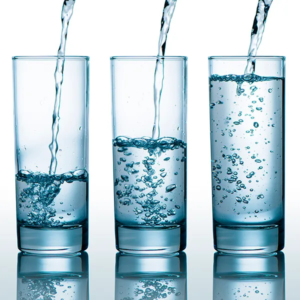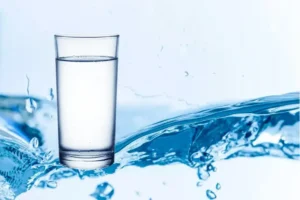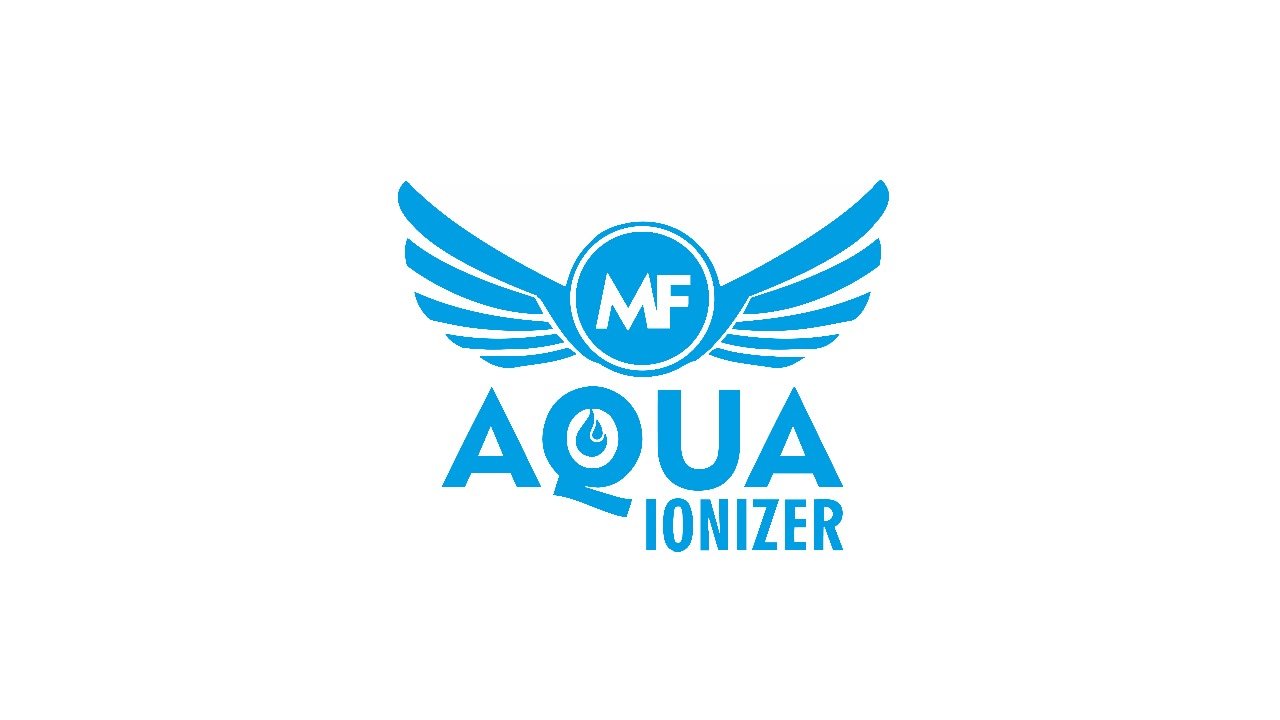How Much Water Should You Drink Per Day? The Ultimate Guide to Hydration
Water is the cornerstone of life, making up about 60% of the human body. We rely on water for nearly every function in our bodies, from digestion and temperature regulation to joint lubrication and cellular function. But with so many different recommendations floating around, how much water should you actually drink per day? In this comprehensive guide, we’ll explore the science behind hydration and provide you with practical tips on how to stay properly hydrated for optimal health.
The 8×8 Rule: Is It Enough?
You’ve probably heard of the “8×8” rule — the recommendation to drink eight 8-ounce glasses of water per day. This rule equals about 2 liters (or half a gallon) of water. While this is a simple and easy-to-remember guideline, it doesn’t account for individual differences in activity level, body size, or environmental factors. Though it can be a good starting point for many people, it’s important to understand that hydration needs vary from person to person.

Understanding Your Hydration Needs
To determine how much water you should drink per day, you must consider various factors that influence hydration requirements. These include your weight, age, gender, climate, physical activity, and health conditions.
1. Body Weight and Size
Your body weight plays a significant role in determining how much water you need. Generally, the more you weigh, the more water you need. The Institute of Medicine (IOM) suggests a general rule of thumb for daily water intake based on body weight:
- For men, about 3.7 liters (125 ounces) of total water intake per day, including fluids from both beverages and food.
- For women, about 2.7 liters (91 ounces) per day.
However, a more personalized approach can be to drink between 30-40 milliliters of water per kilogram of body weight. For example:
- A person weighing 70 kg (154 lbs) should drink approximately 2.1 to 2.8 liters (71 to 95 ounces) of water each day.
- A person weighing 90 kg (198 lbs) should aim for 2.7 to 3.6 liters (91 to 122 ounces) of water.
2. Physical Activity and Exercise
If you engage in physical activity or exercise regularly, your water requirements increase. Physical activity causes you to sweat and lose water, so you need to replenish these fluids to prevent dehydration. The American Council on Exercise suggests drinking an additional 500-700 milliliters (17-24 ounces) of water for every 30 minutes of exercise.
For intense or prolonged workouts (lasting longer than an hour), you may need even more. In these cases, consider drinking water with electrolytes to replace not just water but also sodium, potassium, and other important minerals lost during exercise.
3. Climate and Weather Conditions
Environmental factors such as hot and humid weather can cause your body to sweat more, increasing your water loss. If you live in a warm climate or spend time outdoors in the heat, your hydration needs will be higher. In colder weather, your body may not feel as thirsty, but dehydration can still occur, especially in environments with indoor heating.
During extreme heat or physical exertion in hot climates, it’s essential to drink water regularly, even if you don’t feel thirsty. Dehydration can sneak up on you, so be proactive about hydration.
4. Age and Gender
As we age, our bodies become less efficient at retaining water. Older adults are more prone to dehydration and may not experience thirst signals as strongly as younger individuals. For this reason, seniors may need to pay closer attention to their fluid intake to avoid dehydration-related health issues.
In general, men tend to have higher water needs than women due to their larger body size and higher muscle mass. However, factors like pregnancy and breastfeeding increase a woman’s hydration requirements. Pregnant women are advised to drink about 2.3 liters (78 ounces) of water daily, while breastfeeding women may need up to 3.1 liters (104 ounces) per day.
5. Health Conditions and Medications
Certain health conditions can affect your hydration levels. For example, illnesses like fever, vomiting, diarrhea, or urinary tract infections can lead to increased fluid loss. If you’re recovering from illness, it’s crucial to replenish lost fluids by drinking water and possibly using oral rehydration solutions to restore electrolytes.
Medications like diuretics or those used to treat high blood pressure can also increase urination, leading to more fluid loss. Always consult a healthcare provider if you’re on medication and need advice on managing hydration.
How to Listen to Your Body
While general recommendations are helpful, it’s important to recognize that thirst is one of the body’s natural cues for hydration. The color of your urine is also a good indicator of hydration levels. Ideally, your urine should be light yellow or pale straw in color. If it’s dark yellow or amber, this may indicate dehydration, and it’s time to drink more water.
In addition to thirst and urine color, pay attention to other signs of dehydration, such as:
- Dry mouth and throat
- Fatigue or dizziness
- Headache
- Decreased urine output
- Dry skin
If you experience these symptoms, it’s crucial to hydrate as soon as possible to avoid further complications.

Hydration Through Food and Drinks
Water isn’t the only way to stay hydrated. Many foods contribute to your daily fluid intake. For instance, fruits like watermelon, oranges, strawberries, and cucumbers are packed with water and can help keep you hydrated. Vegetables such as celery, spinach, and lettuce also have a high water content.
Other beverages, such as herbal teas, milk, and even coffee (in moderation), contribute to your fluid intake. However, it’s important to avoid relying on sugary drinks like sodas, energy drinks, or excessive caffeine, as they can dehydrate the body.
Hydration Myths Debunked
There are many myths surrounding water consumption that can lead to confusion. Let’s clear up a few common misconceptions:
- Myth 1: You must drink 8 glasses of water every day. As we discussed earlier, this rule is a general guideline, but individual hydration needs vary. Focus on your body’s signals and adjust as necessary.
- Myth 2: Water from food doesn’t count. Foods like fruits, vegetables, and soups contribute significantly to hydration. Be sure to account for them when calculating your daily fluid intake.
- Myth 3: Thirst is always a sign of dehydration. Thirst is an indicator that your body may need more fluids, but it’s not always a sign of dehydration. It’s best to drink water consistently throughout the day, even before you feel thirsty.
Conclusion: How Much Water Should You Drink?
There is no universal answer to how much water you should drink per day. However, a good baseline is to aim for around 2.7 liters (91 ounces) for women and 3.7 liters (125 ounces) for men, adjusting based on factors like exercise, climate, and individual health.
To stay hydrated, listen to your body’s signals, and make sure you’re drinking enough water throughout the day. Include water-rich foods in your diet and be mindful of your activity levels. By maintaining proper hydration, you’ll boost your energy, support digestion, and improve your overall health and well-being.
Stay hydrated, stay healthy!


